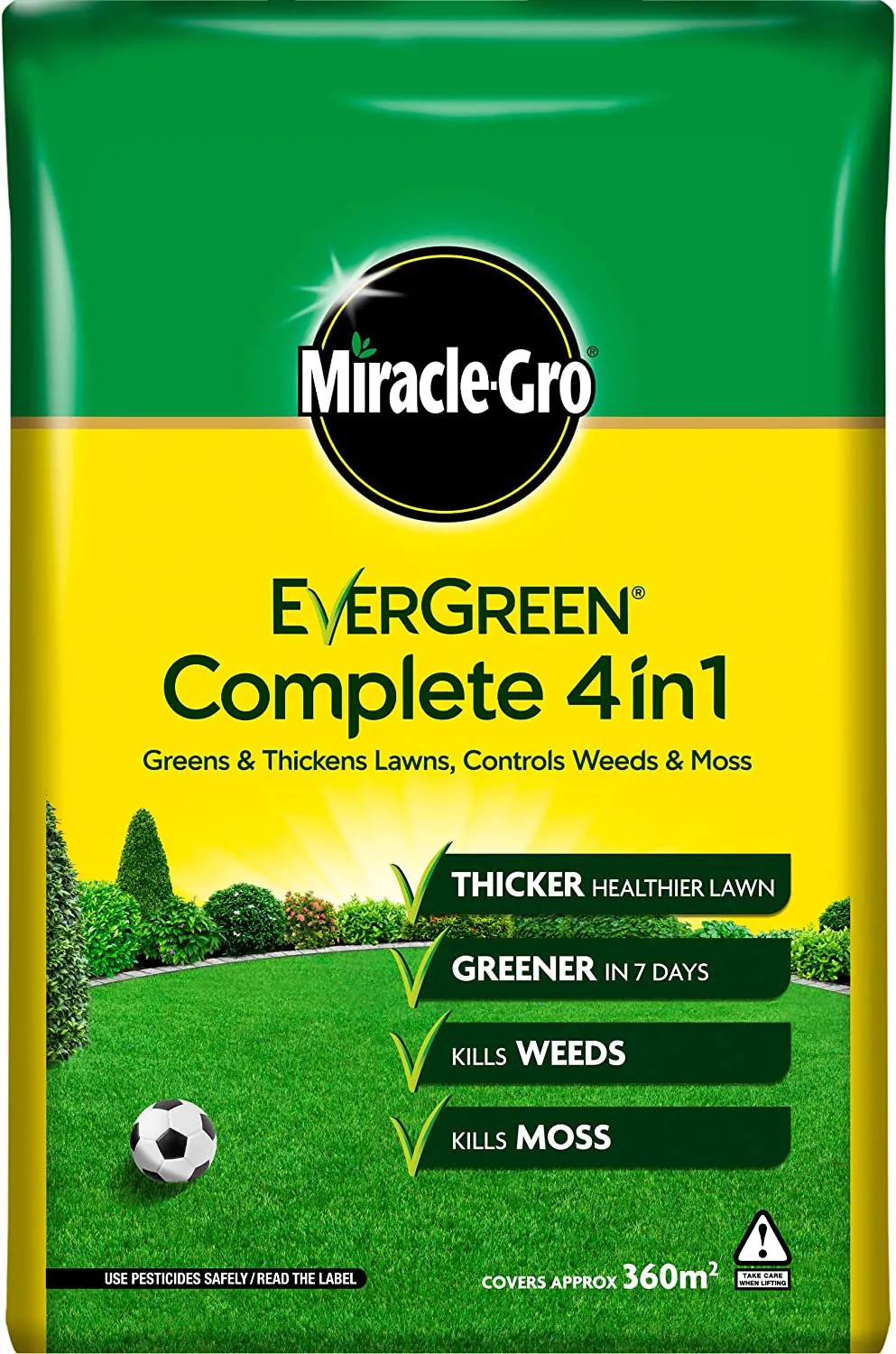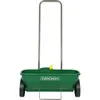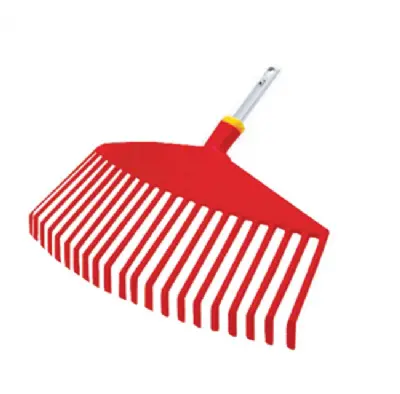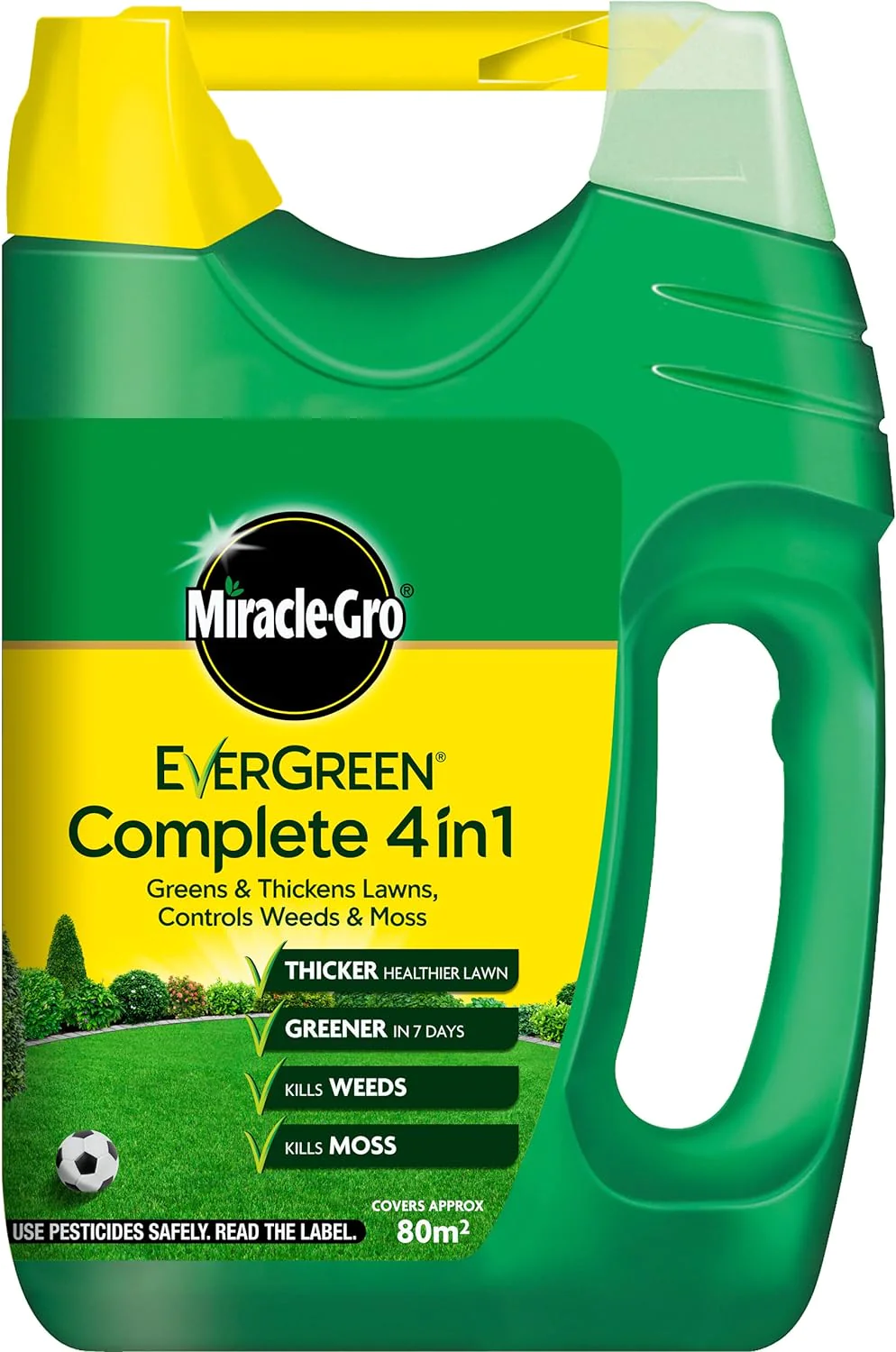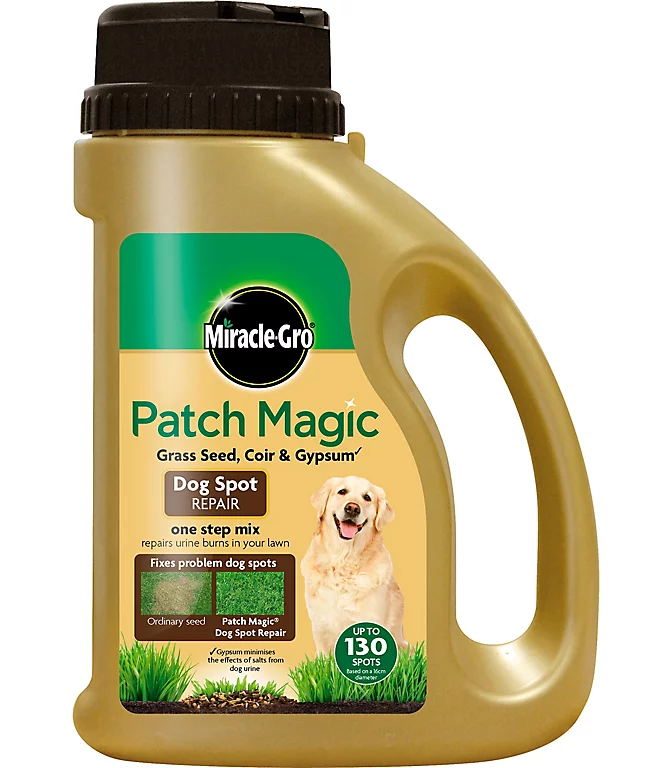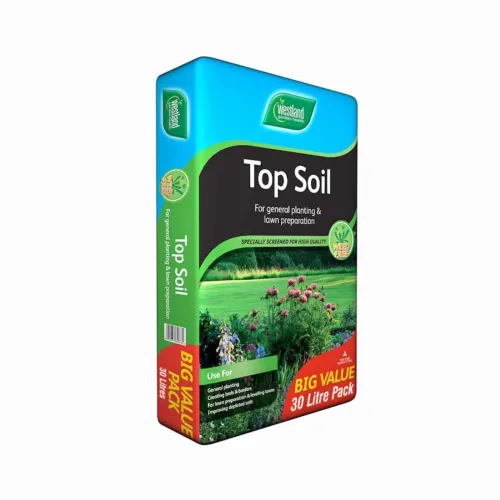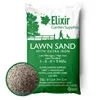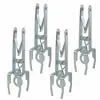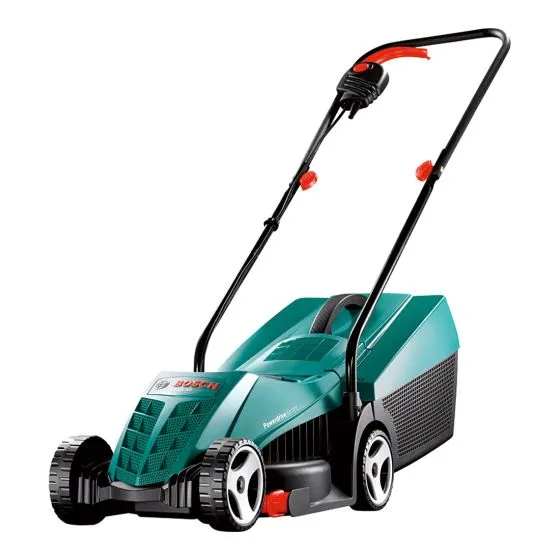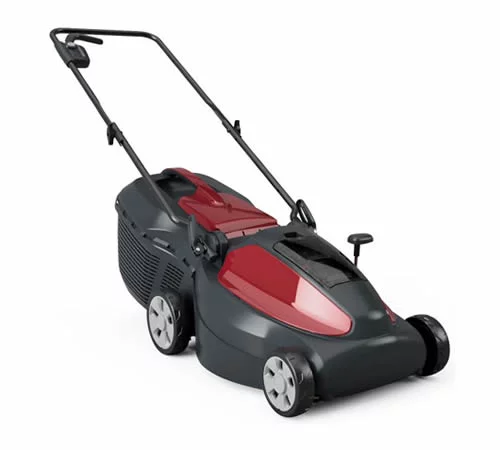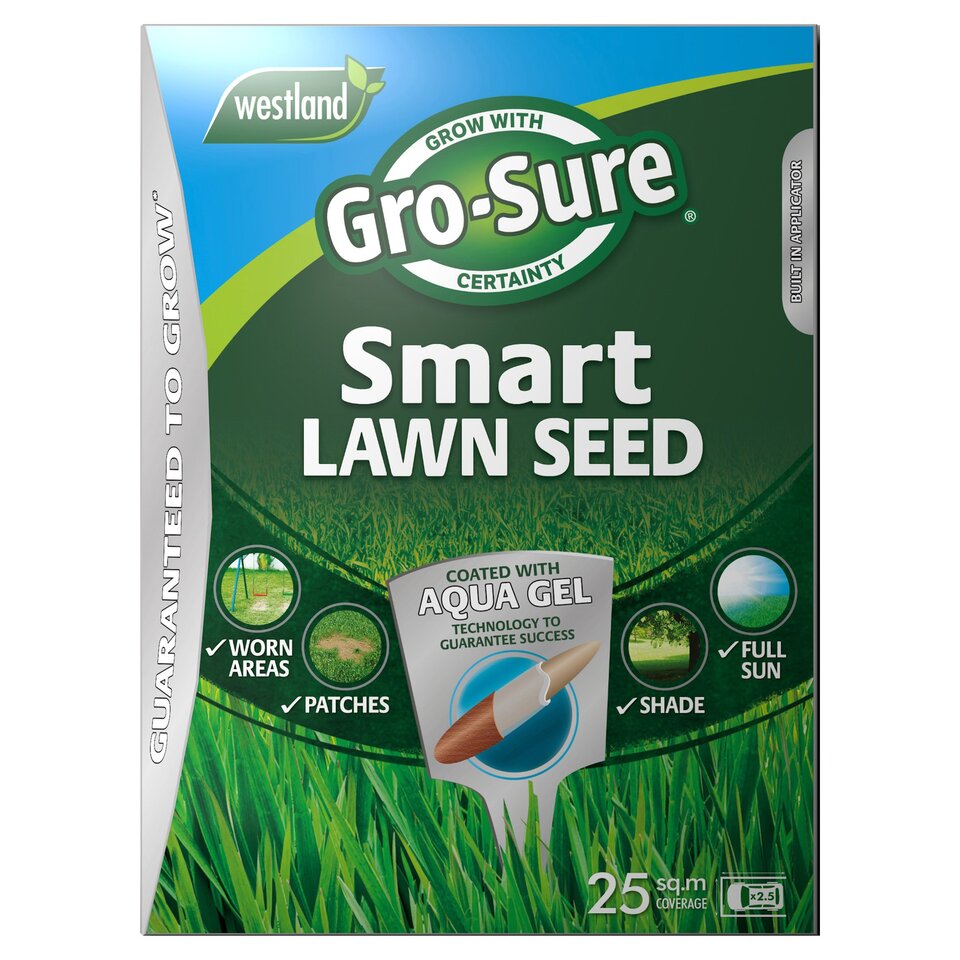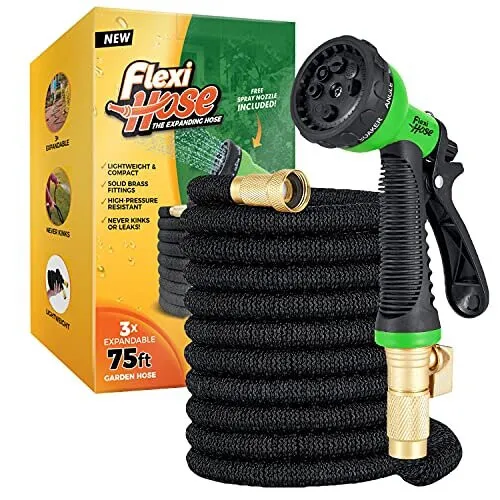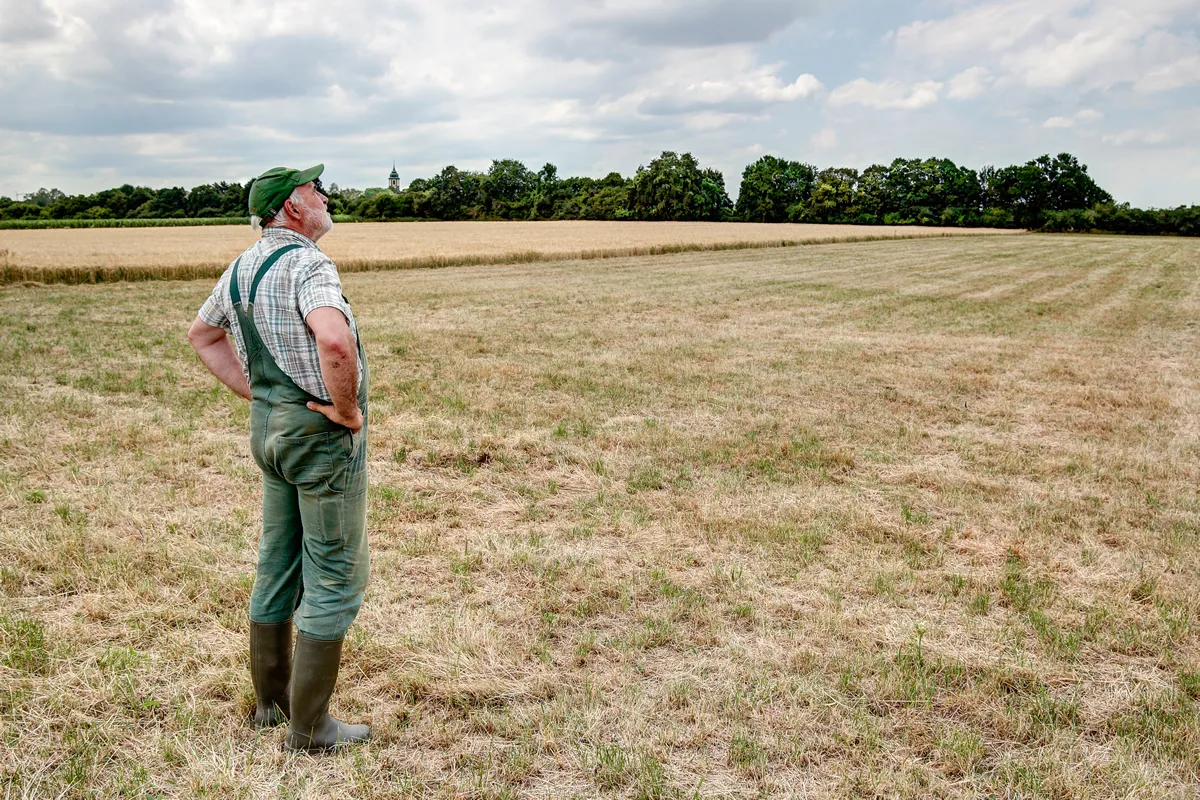
Understanding Drought and Its Impact on Lawns
Before we can address the impact on your green canvas, it's crucial to grasp the broader implications of drought. Defined as an extended period of deficient precipitation that results in water shortages, drought can have far-reaching effects on the environment, agriculture, and your local water supply. When it comes to your lawn, the consequences are equally profound.
The Local Ecosystem and Water Supply
A drop in rainfall affects more than just surface water levels; it disrupts the natural balance of your local landscape. Plants, animals, and microorganisms all feel the pinch, and water reserves can plummet to critical levels. Such scarcity often leads to water use restrictions, which forces gardeners to rethink their approach to lawn care.
Drought's Specific Effects on Lawns
Grasses are remarkably resilient, but they are not impervious to the ravages of drought. When water is scarce, lawns experience stunted growth, wilting blades, and a heightened vulnerability to diseases and pests that thrive in dry, stressed environments. Soil moisture becomes erratic, leading to imbalances and changes in composition that affect the grass at its roots.
Signs of Drought Stress in Your Lawn
A healthy lawn can speak volumes, and during a drought, certain signs will manifest, tipping you off to the need for intervention. These indicators go beyond the visual, often involving changes in texture, density, and even the smell of your grass.
Browning Grass and Wilting Blades
The most common – and noticeable – sign of drought is the browning of grass blades. This is a survival tactic as the plant redirects resources to its root system, leaving the superficial areas lacking in colour. Wilting follows closely, where the grass begins to droop and lose its turgidity, signaling a desperate cry for hydration.
Thinning and Slow Growth
An observant eye may notice that the once-thick carpet of grass starts to look patchy and bare in spots. New growth halts as the plant conserves energy, leaving you with a stunted lawn that can look as though it's fading away.
Soil Hardship
A more subtle cue is the feel of the soil itself. Unwatered terrain becomes hard and compact, impeding the flow of water and nutrients to the root system, and patching the way for erosion.
Strategies for Mitigating Drought Effects
While drought may seem like an insurmountable foe, there are various battle-tested tactics to fortify your lawn against the dry season. From watering wisely to making intelligent choices about grass species, proactive strategies can keep your lawn in top form.
Optimizing Water Use
The adage "less is more" rings true when it comes to watering during a drought. Focus on deep, infrequent watering sessions that allow moisture to penetrate the soil and encourage the development of deep roots. Utilise techniques such as soaker hoses and drip irrigation to deliver water directly to the root zone, preventing wasteful evaporation.
Drought-Tolerant Grass Species
Mitigate the impact of drought from day one by selecting grass species that are inherently adapted to water scarcity. These varieties, such as fescue or buffalo grass, require less water to maintain their health and can handle prolonged dry spells without succumbing to stress.
Promoting Root Health
A robust root system is your lawn's anchor in the storm of drought. Practices such as aeration and overseeding can foster root growth, while refraining from aggressive fertilization encourages the development of a more resilient root network.
Long-Term Lawn Health in the Face of Drought
Preparing for a possible drought should be part and parcel of your regular lawn care routine. By adopting sustainable practices and maintaining vigilance over your turf's well-being, you set the stage for a long-lasting defence against the dry weather's effects.
Proactive Lawn Care
Consistency is key in lawn care. Regular maintenance, including proper mowing techniques, good soil management, and prudent use of fertilizers, ensures that your lawn is in its best shape to weather a drought. Remember, a well-maintained lawn is a healthier, more adaptable lawn.
Sustainability in Lawn Care
In an age of environmental consciousness, sustainable lawn care practices are more than just fashionable – they're essential for the lasting health of your lawn and the planet. This includes the use of organic materials, responsible irrigation, and integrated pest management, all geared towards maintaining a balanced and resilient lawn ecosystem.
Conclusion: A Resilient Lawn is Within Reach
The battle against drought's effects on a healthy lawn is not one of quick fixes, but rather a strategic, ongoing campaign of care and preparation. By understanding the impact of drought, recognising its signs, and implementing thoughtful strategies, garden enthusiasts can ensure their green spaces not only survive the dry season but thrive in the face of adversity.
Stay informed, stay vigilant, and share your experiences with other garden enthusiasts. Together, we can cultivate resilient lawns that weather the drought and continue to bring joy and beauty to our lives.


